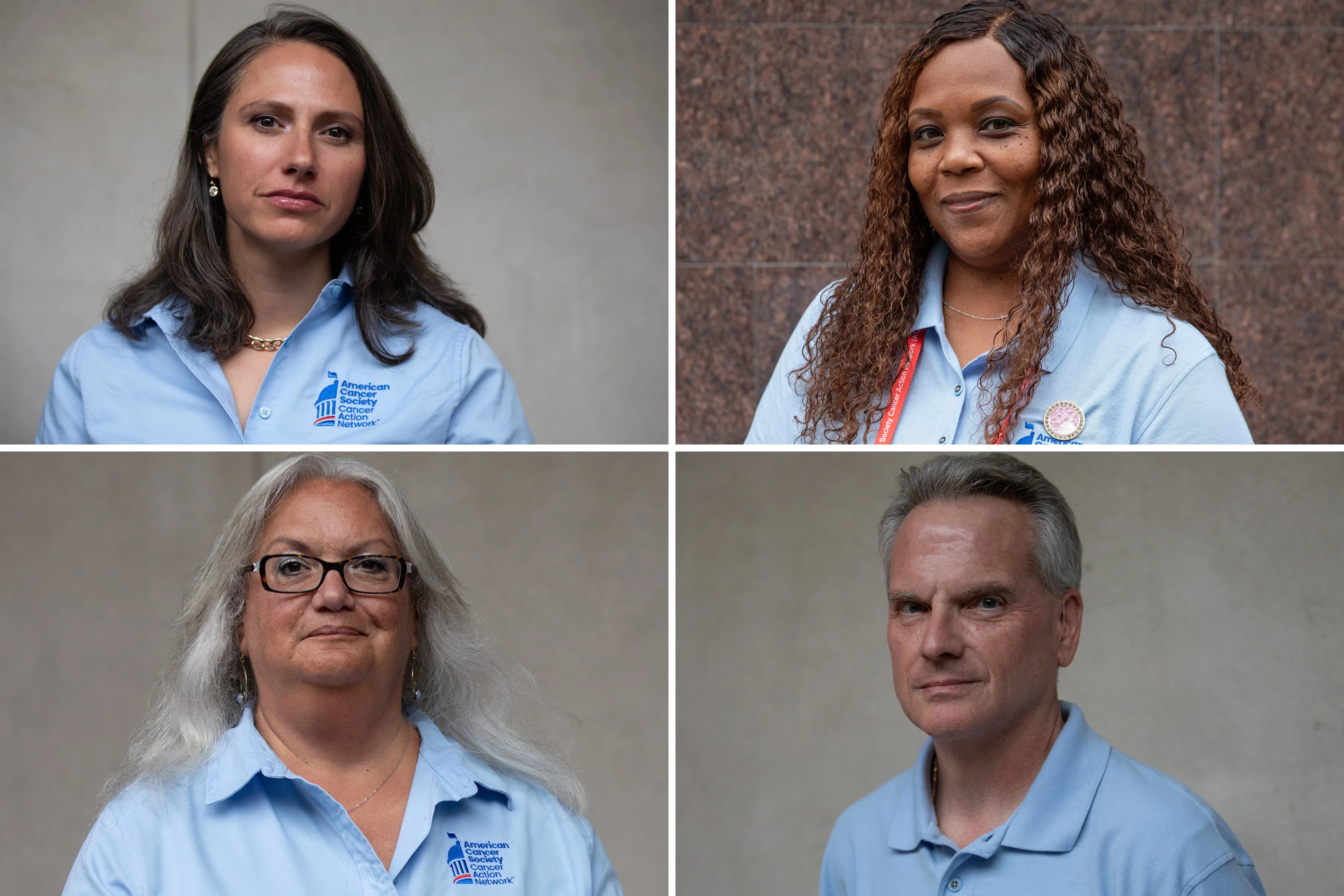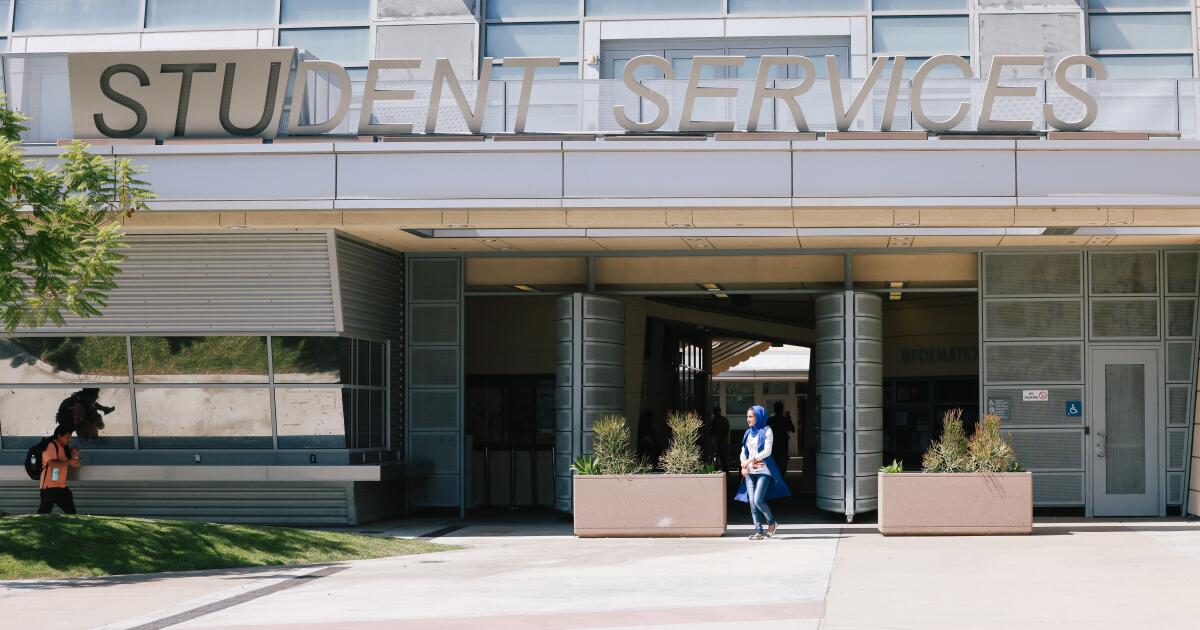Copyright Essence

The U.S. is in the middle of its 11th government shutdown since 1976. While you may think this is only impacting folks in D.C. or federal government workers, its financial consequences are hitting everyday families, and it’s only just the beginning if a resolution doesn’t happen soon. Now if you’re not exactly sure why, or how this happens, here’s the short version: the shutdown stems from disputes over spending limits, foreign aid cuts, and health care subsidies. It follows the record-long 35-day shutdown of 2018–2019 and may ultimately rival it in length and impact. As a result of what’s going on, roughly 900,000 federal employees have been furloughed, and nearly 700,000 are working without pay. Unlike previous shutdowns, there’s uncertainty about whether all workers will receive back pay, with some even facing permanent layoffs. Essential services like air traffic control and military operations continue, but many agencies — including the IRS, Department of Education, and CDC — have slowed or paused operations. And like I said about this impacting us all, communities with large Black and brown workforces in federal, military, or tourism roles are bracing for financial instability. The shutdown is costing the economy an estimated $400 million per day. A new WalletHub study breaks down which parts of the country are getting hit the hardest, and while some may seem obvious (ahem, D.C.) the results also show just how differently these political battles in Washington play out across America. Washington D.C. Like I said, there’s no shock here. The District of Columbia tops the list simply due to the fact that over 25% of all jobs in D.C. are related to the federal government. This is the highest share in the nation by far, meaning that a huge portion of the district’s residents are going without pay for an extended period of time. In addition, D.C. has the highest number of federal contract dollars per capita, at over $50,000, which means projects will lack a significant amount of funding until the shutdown ends. When the government stops writing checks, D.C. feels it everywhere. Hawaii Hawaii ranks second, which might seem odd for a state thousands of miles from the Capitol. But around 5.6% of all jobs there are federal positions, and the ripple effects run deep. Real estate makes up nearly 23% of Hawaii’s gross state product (GSP), the fourth-highest percentage in the nation. This is significant because the shutdown will impact mortgage processing due to staffing shortages at the IRS, FHA and VA. People trying to buy homes are stuck waiting and deals are falling through. Hawaii also has the seventh-most national parks and the eighth-most national-park acreage. These spaces will likely see far lower staffing and maintenance, which could impact the visiting experience dramatically for residents and tourists alike (which again, hits the pockets of everyone, particularly those that may work with Hawaii’s tourism industry). Certain facilities such as visitor centers may be closed as well and as we know it, tourism drives Hawaii’s economy. Not to mention, if parks look neglected or services disappear, that reputation takes a hit. New Mexico What was most surprising is that New Mexico topped the list, let alone came in third place. And in addition to that, it’s the state that faces multiple pressure points at once. It receives more than $6,000 per capita in federal contracts, and the payments for which could be put in jeopardy by the funding freeze. Federal money flows through everything from defense projects to research facilities here. Then there’s food security. More than a fifth of New Mexico’s population is enrolled in the SNAP program. That means an extended shutdown could lead to a big chunk of the state’s residents struggling to afford food if the government no longer has any funds available for benefits. New Mexico also has the seventh-highest percentage of federal jobs and the fifth-most national parks per capita. Workers aren’t getting paid, parks aren’t getting maintained, and unfortunately, the most vulnerable residents are watching their benefits potentially evaporate. The States Barely Feeling It Indiana, Iowa, and Minnesota landed at the bottom of the rankings. These Midwestern states have smaller federal workforces and less dependence on federal contracts. They’re not immune to the shutdown’s effects, but they’re insulated from the immediate economic chaos hitting D.C., Hawaii, and New Mexico.



